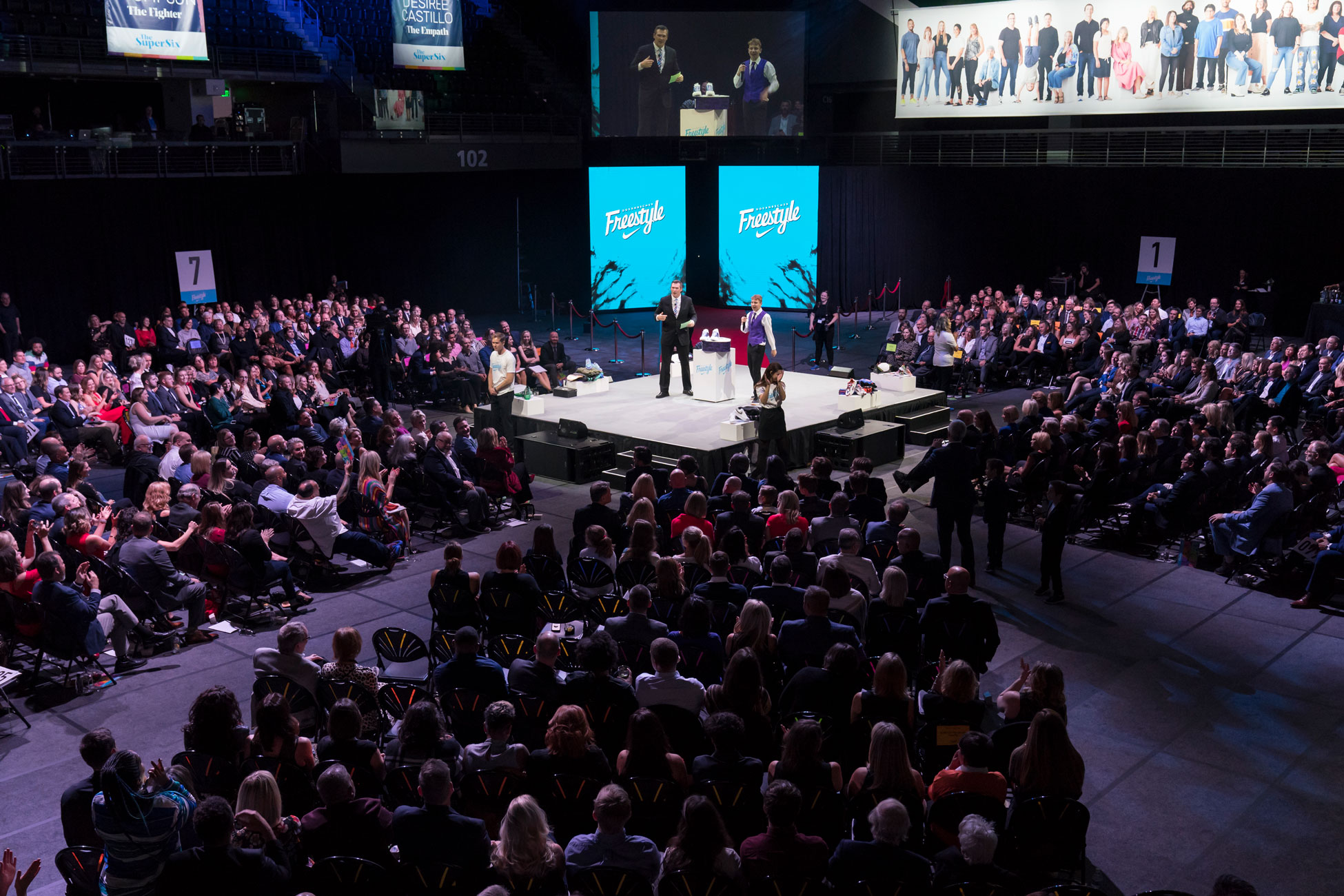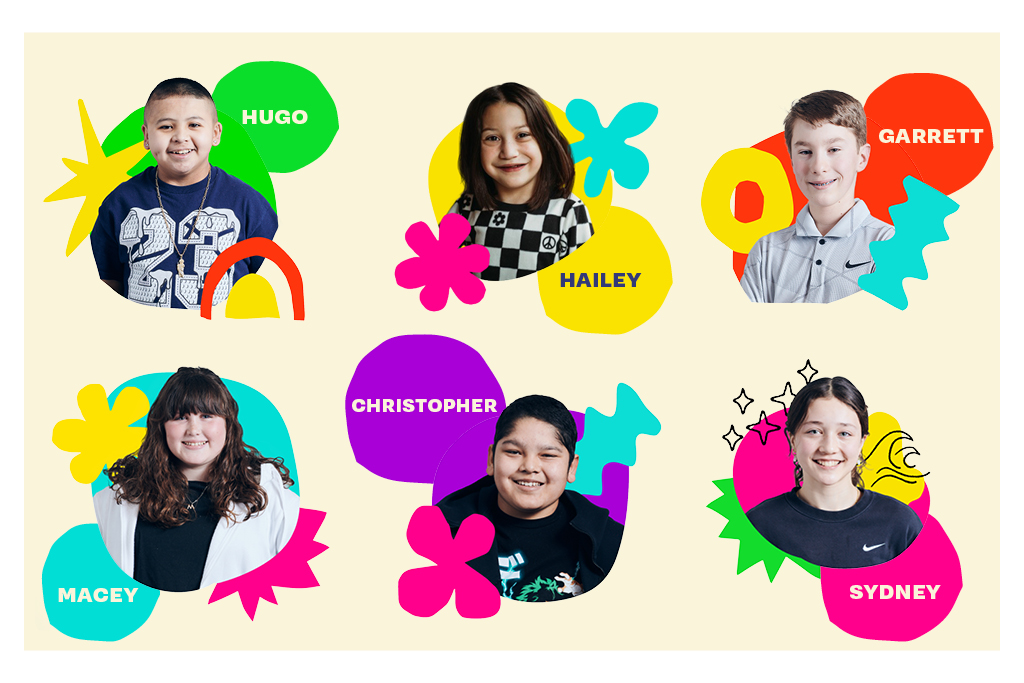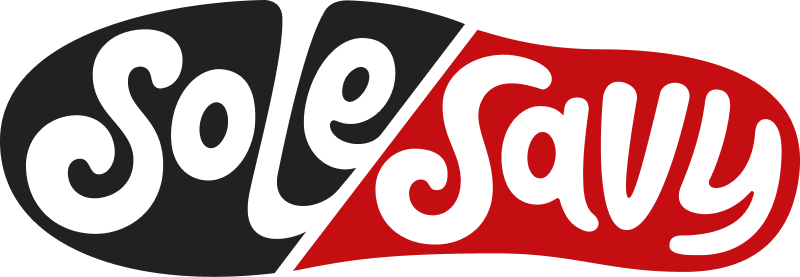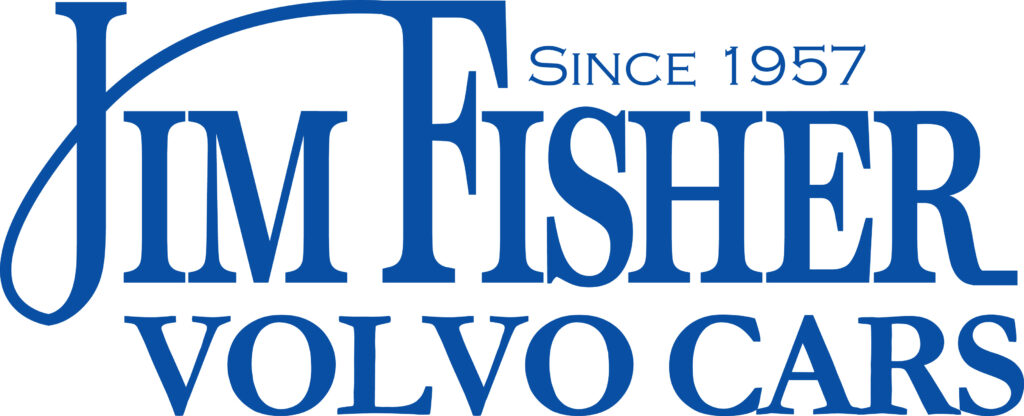Doernbecher Freestyle
This partnership joins Doernbecher patient-designers with Nike visionaries to create footwear, apparel and equipment collections, all to benefit OHSU Doernbecher Children’s Hospital.

Thank you for supporting
Doernbecher Freestyle XIX
Through donor support, better care becomes possible. Through clinical research, groundbreaking treatment becomes possible. Through medical expertise, healing becomes possible. Most importantly, hope becomes possible.
Thank you to our sponsors and supporters who raised over $991,000 for OHSU Doernbecher Children’s Hospital through the Doernbecher Freestyle XIX Collection Unveiling and Auction. And a special thanks to Nike along with Shoe Palace, DTLR and Snipes, who presented Doernbecher with a gift totaling more than $2.4 million from the retail sales of the 2022 Freestyle XVIII Collection. Since 2004, this extraordinary partnership has raised nearly $37 million to ensure lifesaving care is always there for kids — no matter what.
Proceeds from Doernbecher Freestyle directly impact the lives of kids in our community. Your generosity ensures Doernbecher can continue to improve kids’ health and well-being through nationally recognized clinical care, innovative research, quality education and crucial patient advocacy.
Thank you for making all this possible.
The 2023 Doernbecher Freestyle XIX Collection will be available in December 2023 on nike.com, SNKRS and at select Nike and partner retail locations throughout the U.S. (including Shoe Palace, DTLR and Snipes), with 100 percent of profits from the sales of the collection benefiting Doernbecher.

About Freestyle
As part of a remarkable partnership between Nike and OHSU Doernbecher Children’s Hospital, young patients design a limited-edition Doernbecher Freestyle collection with all profits benefiting the hospital.
Each collection tells a story. More than 100 so far. Through them, we come to understand Doernbecher kids. Year after year, these young designers teach us the meaning of grace and courage. And by supporting them, together we have done something extraordinary. With nearly $37 million raised, countless kids can now rest easier, in the best of hands, embracing hope and keeping their sights on the future.
All proceeds benefit the Area of Greatest Need at OHSU Doernbecher Children’s Hospital, providing hospital leaders the flexibility to allocate resources when and where they are needed most.
For information about how your support makes an impact, contact:
Christina Carl
[email protected]
503-412-6364
Cassady Nevarez
[email protected]
971-804-2188
Thank you to our Freestyle XIX Sponsors
PRESENTING

DIAMOND
PLATINUM





GOLD
(w)here real estate
Ace Hardware
Doug & Tracy Bean
Brot & Mary Bishop Family
Buell Financial Group of Wells Fargo Advisors
D.A. Davidson
Harold Goldstein & Carol Streeter
Steve Janik & Sheryl Manning
SILVER
Cambia Health Foundation
J.P. Morgan
Donald Zabudsky, Morgan Stanley
PricewaterhouseCoopers LLP
Schwabe
Skanska
BRONZE
Ferguson Wellman Capital Management
Caitlyn & Brad Green
Kelly Schrader Stuart & Rob Stuart
Stoel Rives LLP
ZGF Architects
